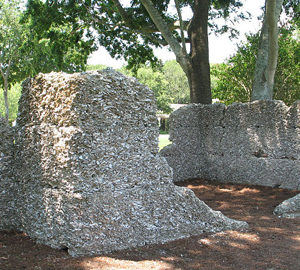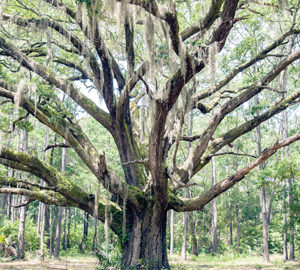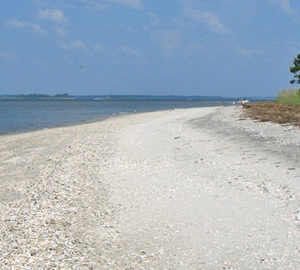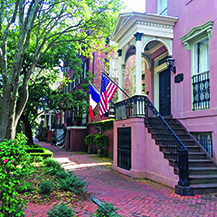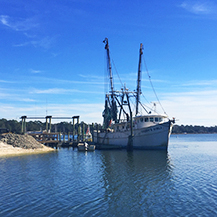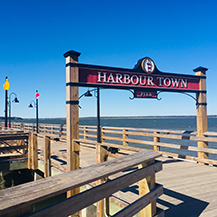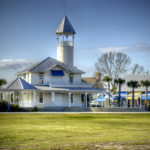From the Cloudless Sulphur to the Tiger Swallowtail, the Coastal Empire is home to a wide range of spring butterflies.
As spring brings warmer temperatures, many plants and animals return or reemerge in the ecosystem. Among these are the delightful, colorful butterflies that frequent our woods and beaches. This fascinating insect is one of many pollinators that are vital to the success of food crops. This spring, take some time to observe the wide array of butterflies that call the Lowcountry home.
From spring to fall, butterflies perk up the natural spaces of the Coastal Empire. There are 165 species of butterfly that live in or visit our area. Fall migratory species include the iconic Monarch, which briefly visits our area on its migration from Mexico to Canada. The Cloudless Sulphur, an all-yellow butterfly, starts its journey by overwintering in the south. Throughout spring, summer and fall, the Cloudless Sulphur breeds prolifically while migrating north on the Eastern Seaboard. The adult butterflies eventually migrate back south in late fall.
Other species of butterflies live in here year-round, and spend their winters in either the pupa or caterpillar stage of their life cycle.
The South Carolina state butterfly is the Eastern Tiger Swallowtail, which is yellow with black markings and distinctive long hind wings. The Swallowtail lays its eggs on the leaves of poplar, willow, maple and elm trees. When they first hatch, the tiny larva resembles bird poop in order to ward off potential predators. As it grows, it develops two signature black spots on its green body, which resemble eyes. These pseudo eyes protect the caterpillar by making it seem fiercer than it is!
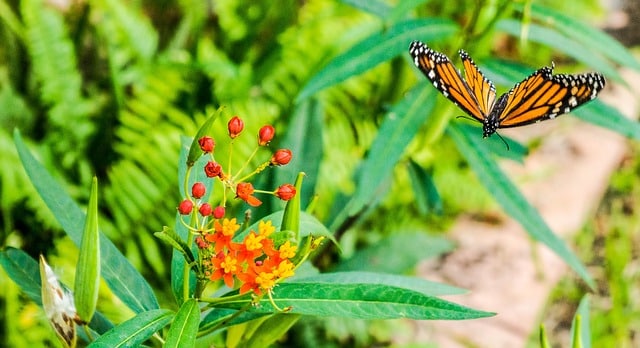
If you’re a local, the best way to see butterflies is to attract them to your own butterfly garden.
Butterflies eat the sweet nectar from the flowers of numerous plants. Specific species of butterflies are attracted to certain plants that offer them the best chance of extracting nectar. Butterfly-friendly nectar plants include milkweed, thistle, lantana, sunflower, mint, clover and buttonbush. To encourage even more butterfly activity in your garden, grow plants that these winged insects prefer to lay eggs on, including passion flower vine, asters, peas and snapdragons.
So whether you attract them to your garden or see them in the wild, enjoy butterflies this spring!
To book a kayak outing with Outside Hilton Head, call 843-686-6996. www.outsidehiltonhead.com.
